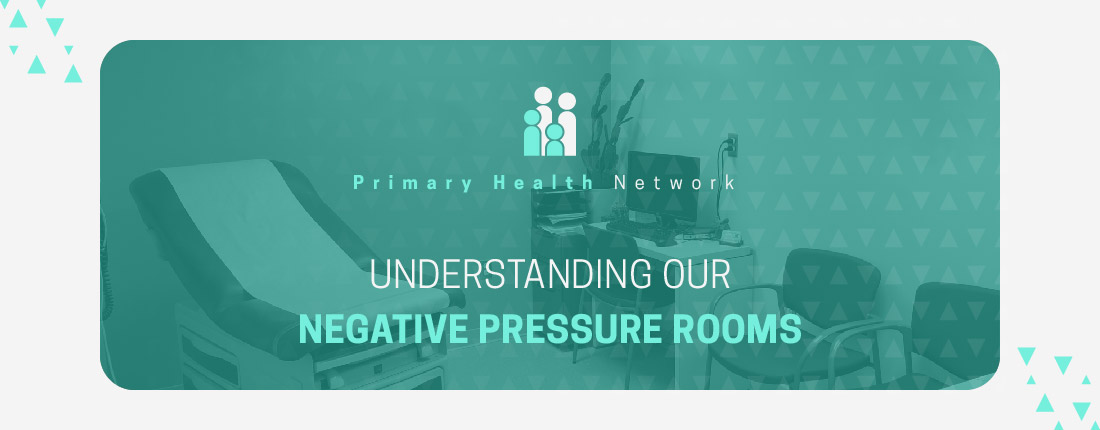More than ever, it’s crucial to keep coming up with new ways to improve our care environment. In order to improve the environment for patient care, PHN has installed negative pressure rooms all around its network. Currently, PHN has installed 41 negative pressure rooms to date. Rob Holbert, Director of Facilities, explained that negative pressure rooms, often known as isolation rooms, are a form of exam room that isolates patients with contagious illnesses or people who are vulnerable to infections from other patients, visitors, and medical personnel. He explained that because of the difference in air pressure between inside and outside the room, these spaces are known as “negative pressure rooms.” Rob also noted that no polluted air is able to enter or exit each of these isolation rooms due to the venting system that is installed in these specific rooms.
By adding negative pressure rooms, we are able to prevent potentially hazardous air or other particles from leaking outside and into regions that aren’t contaminated when the door is opened. The air is cleaned by filters built into exhaust systems before being pumped outdoors and away from the healthcare facility; this helps to purify the area of polluted air. PHN units are all installed with Ulpa filters which filter out 99.8% of the particles in the air. There has been extensive testing on the back side of the filters that has shown no growth of infectious diseases of microprobe growth.
For more information about PHN, visit primary-health.net
See insights
